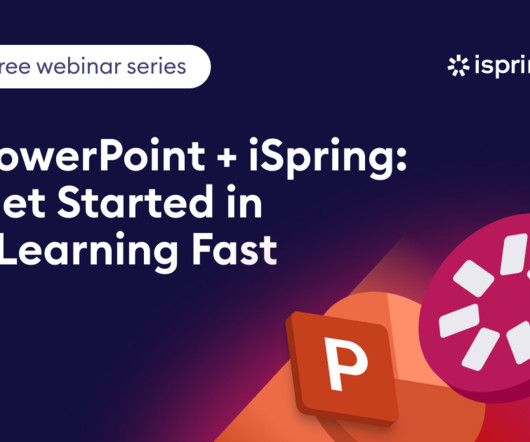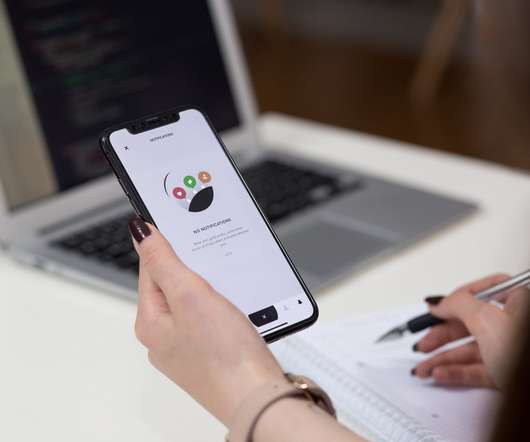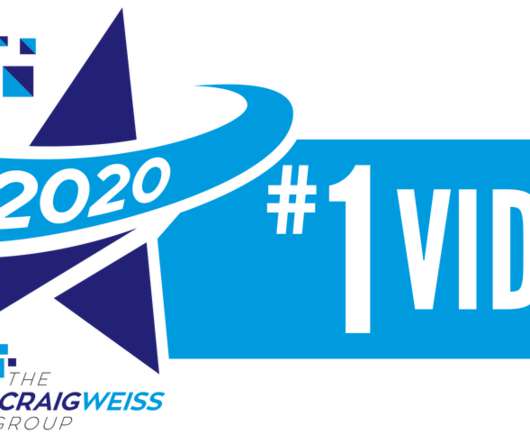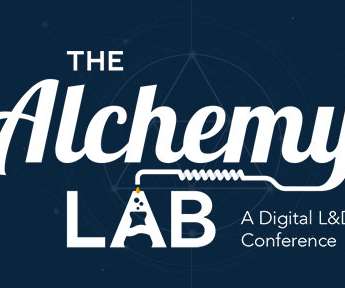What students need
Learning with e's
JANUARY 15, 2020
School is a complex and confusing environment to negotiate, and they need all the help they can get. It's easy to become lost in a crowd, and in the past spotting individual students who are in trouble, and providing personal intervention, has been a challenge for schools (Blatchford et al, 2002). References Blatchford, P.
















































Let's personalize your content